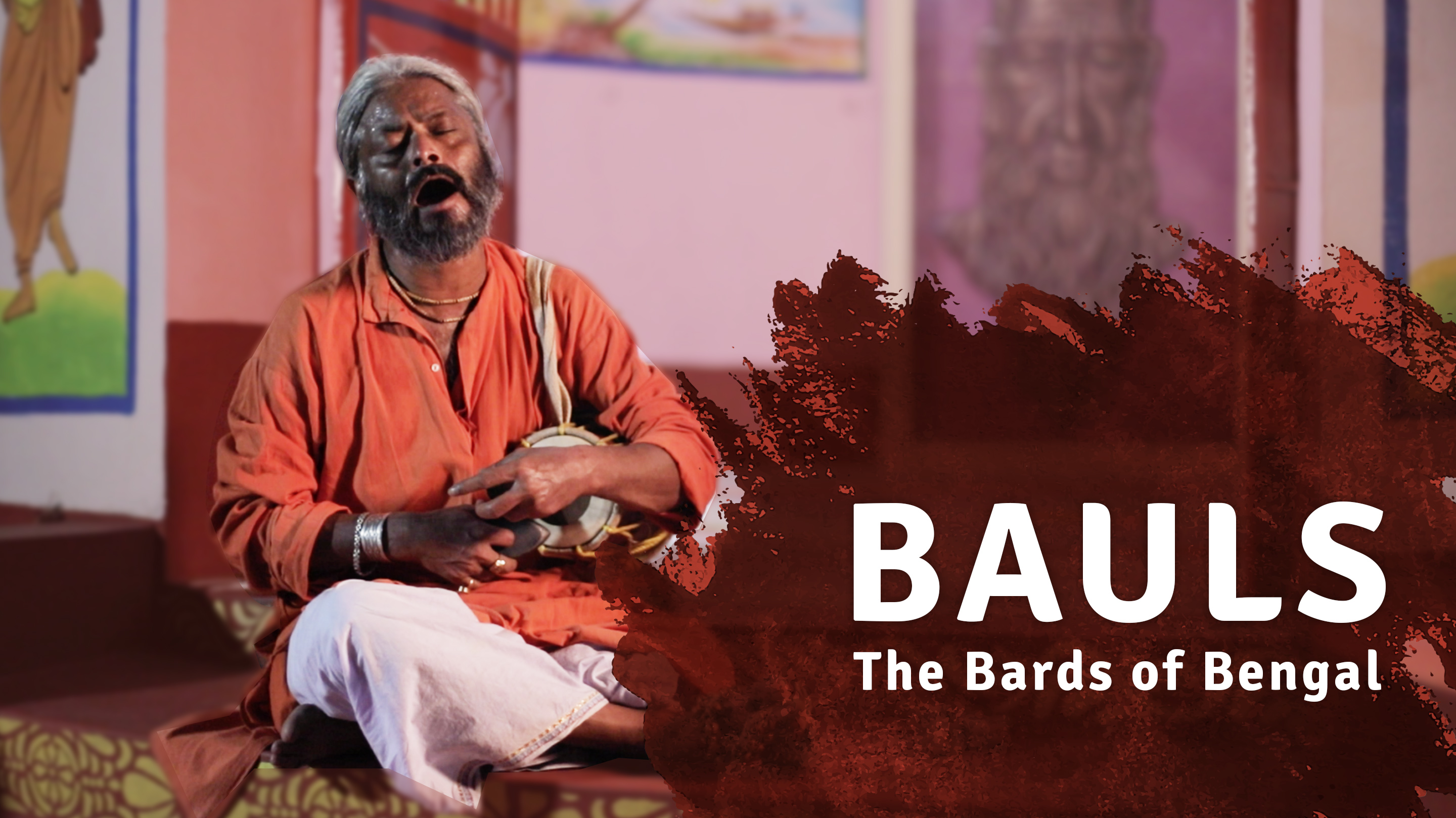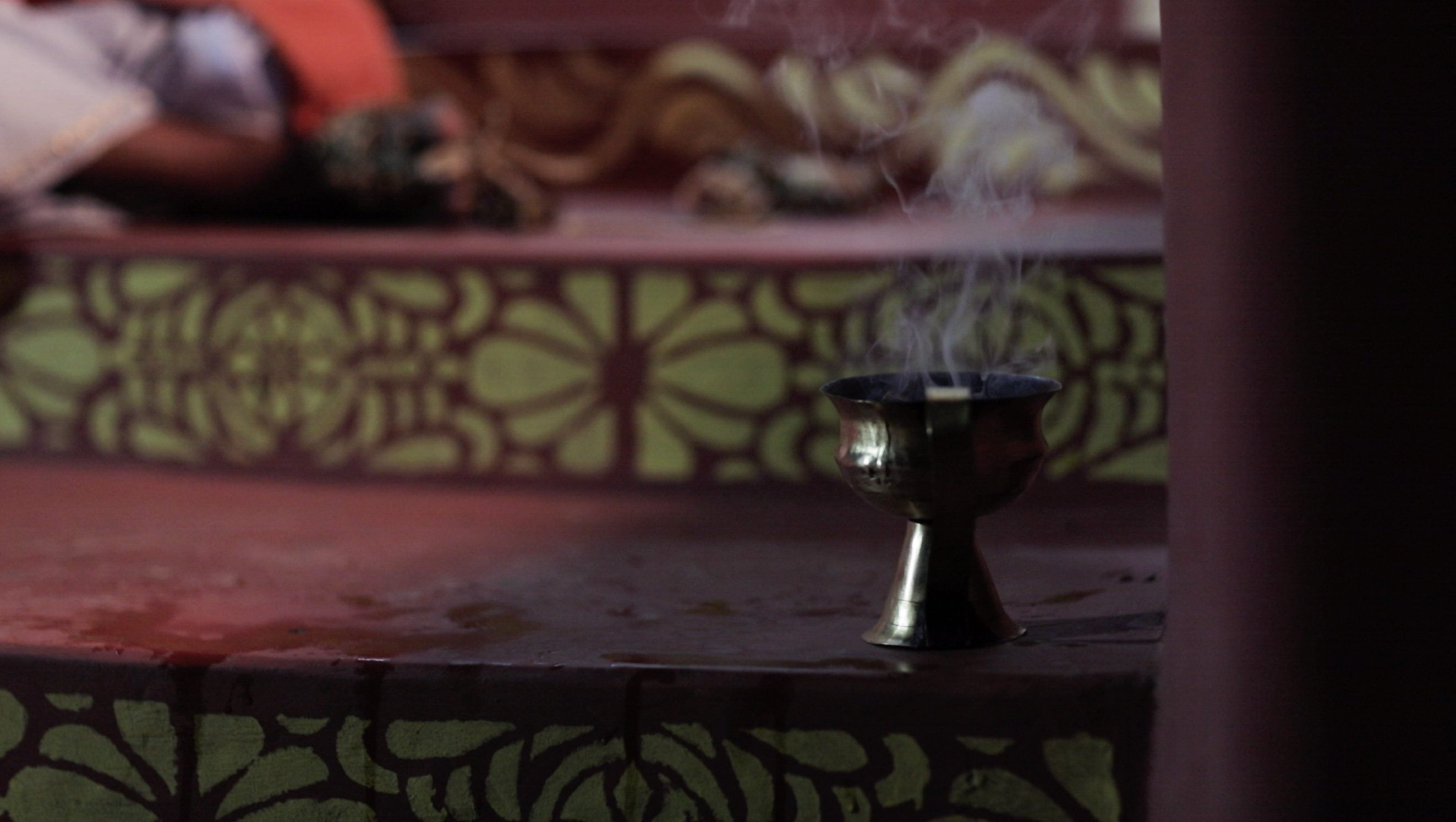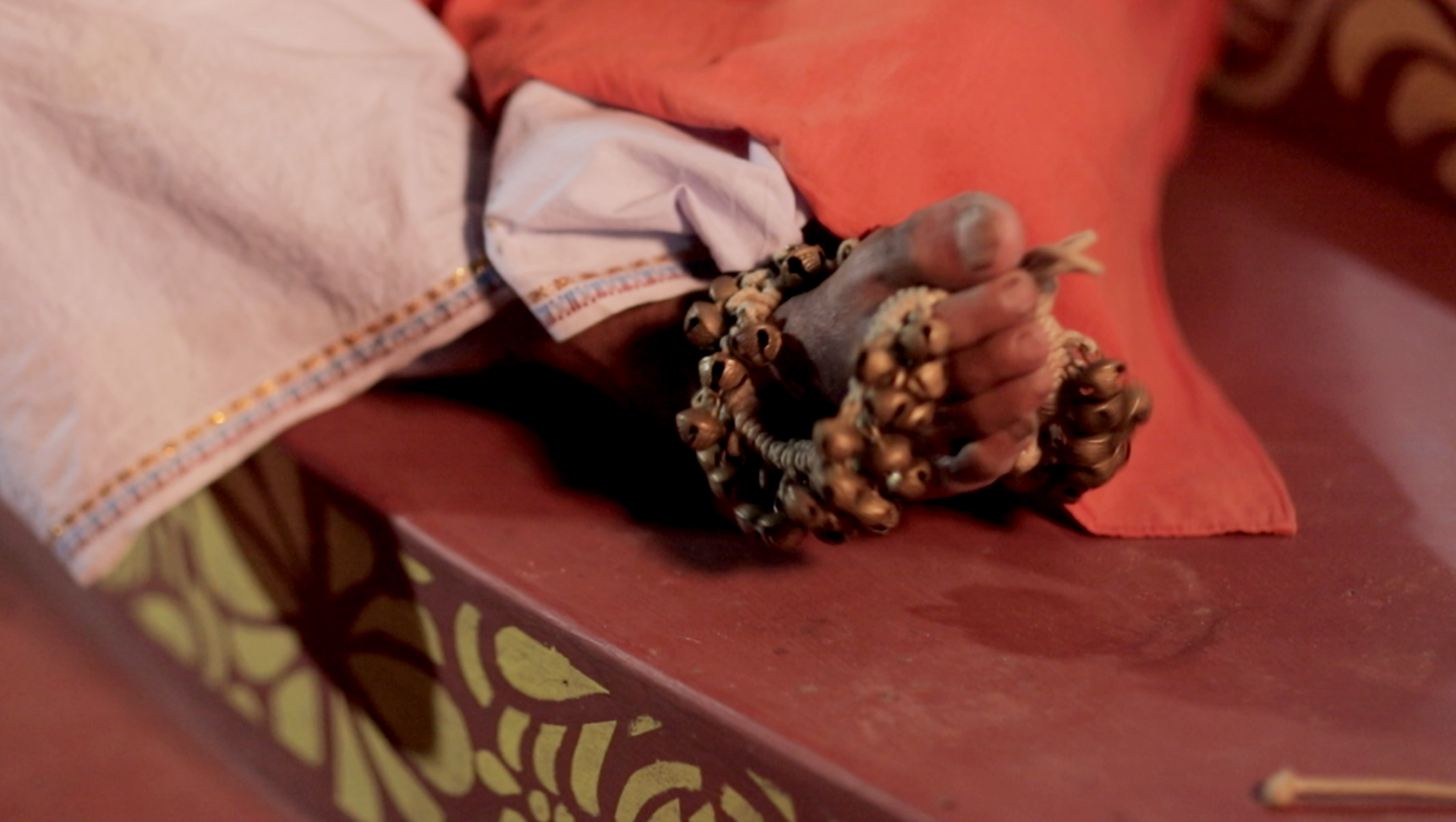Recent Posts
- Chekka Bommalata - the exquisite art form and its dwindling culture
- Phad in the times of Corona - In conversation with a Phad artist
- Folk and Pop Culture
- Bridging Tradition and Modernity | Karmic justice in The Man-Eater of Malgudi: A throwback to the Jataka and Panchatantra tales
- The Exquisite Travelling Temples of Rajasthan - Phad
- Bauls – the bards of Bengal
- Bridging Tradition and Modernity | Mohini-Bhasmasur in Malgudi
- Harikatha: One Tradition, Many Stories
-

Bauls – the bards of Bengal
Arupa Lahiry
কি সন্ধানে যাই সেখানে
মনের মানুষ যেখানে।
আঁধার ঘরে জ্বলছে বাতি
দিবা রাতি নাই সেখানে। (I go there to search what? The place where my “Moner Manush” stays? Where in the dark house glows a single light- a place beyond day and night)The Bauls or the wandering minstrels, are a cultural population from the marginalized sections of rural Bengal (both West Bengal and Bangladesh as it is known in the current geo-political scenario). The Bauls very interestingly represent a polymorphic tradition, an amalgamation of the Bajrayana Buddhist cult, Hindu Vaishnavite Bhakti cult, Hindu Vamachari Tantric cult and the Sufi or Dervish cult. All these traditions come together to create this beautiful cultural sect beyond, even all the amalgamated religions - a sect considered to be the “outcasts” of both Hinduism and mainstream Islam.
Anything that baffles definition serves as a challenge to what we recognize as society. The Baul by its “outcast” existence questions what the society defines as normalcy. Often called “Khepa” the Baul reminds us of Michel Foucault’s concept of mad man. A mad man’s unkempt body challenges the “rhythms of work, rest and holidays” (Rabinow 87-88). The matted locks, homeless wanderings and the joyful ecstasy of a Baul too, threaten to disrupt the norms of normalcy. The word “Baul” is a derivative of “Aaul” which can further be traced back to the Sanskrit word “Vatula” or the “divinely-inspired madness”. (Das Gupta, 160-161). Even today in Bengal, baundule or aula-baula can refer to a man who is not settled.
But who is the mad one? In the lyrics of a Baul, the bard addresses the “normal” man as the mad one upturning social logic on its head. Foucault speaks about this inverted prism of reasoning in his path-breaking Madness and Civilization: A History of Insanity in the Age of Reason. He speaks about the marvellous logic of the mad which seems to mock that of the logicians. Especially because it resembles it so exactly, or rather because it is exactly the same. And it is in this secret heart of madness, at the core of so many errors, so many absurdities, so many words and gestures without consequence, we discover, finally, the hidden perfection of a language.

For a Baul, everything begins and ends with the human. That is the epicentre of his madness. Beyond religion, class and sect, the Baul believes in worshipping the human spirit. Again and again, the Baul sings:
মানুষ ধর মানুষ ভজ
শোন বলি রে পাগল মন।
মানুষের ভিতরে মানুষকরিতেছে বিরাজন।।
(Catch hold of a man, pray to a man, listen to me, Oh my mad man. There’s a man residing within a man, holding court forever.)
The concept of Man is the ultimate in Baul philosophy. There is nothing beyond a man. In this tradition there is no worship of deities. There are no mosques, temples, religious symbols or sacred places as a part of their original ideology. For a Baul the human body is his temple, his sacred place of worship. Bauls not only deny the importance of external religious practices or rituals, they strongly criticize the ‘caste system’ of Indian society.
জাত গেল জাত গেল বলে
একি আজব কারখানা।
……..
আসবার কালে কি জাত ছিলে
এসে তুমি কি জাত নিলে।
কি জাত হবা যাবার কালে
সেই কথা ভেবে বলো না।।
(“Oh I have lost my caste”, cries all in this funny warehouse… Were you born with a caste? Or will you have a caste after your death?)The search of the Baul continues for a world beyond division. He searches for his “Maner Manush” who is casteless and formless. The same “Arup-ratan” or formless-jewel RabindraNath Tagore speaks about in his poems. The same light, a swirling Dervish seeks for in his dance. Do they find it? This flickering light burning in a dark house? Stay tuned to Project Folk for the next chapter of Baul Philosophy.
References: Das Gupta, Shashibhushan (1995) Obscure Religious Cults. Calcutta: Firma KLM.
Rabinow, Paul. (1986) An Introduction to Foucault’s Thought. Ed. Paul Rabinow, London: Penguin Books.
